The Tiny Swimmers That May Stir The Seas
12:03 minutes
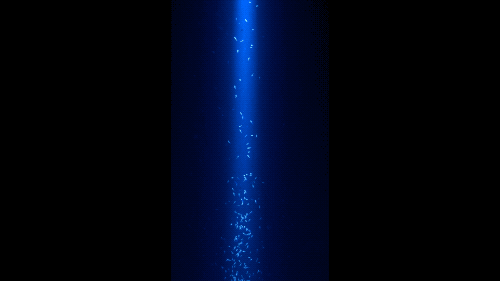
Every night, the largest migration on Earth happens underwater, as jellies, crustaceans and fish swim up hundreds of meters towards the surface to feed. Those daily pilgrimages might also create propulsive jets behind the animals capable of stirring ocean waters, according to research in the journal Nature.
Stanford engineer John Dabiri and his team investigated that phenomenon in the lab using brine shrimp (Artemia salina)—delicate, wispy creatures just about a centimeter long. The shrimp, also known as sea monkeys, can swim a full body length every second, generating jets of water in their wake. Dabiri discusses the theory that massive underwater migrations of krill and other creatures could create powerful, ocean-mixing currents—and how we might test it.
Check out up-close images of the great migration below.
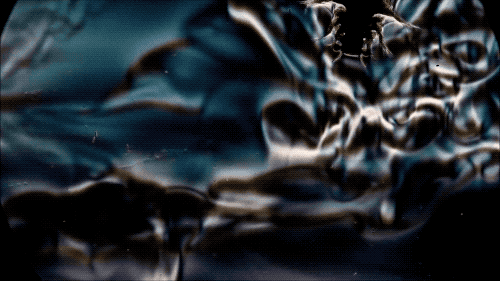

[A Yearbook Of Seeds: Most Explosive Personality, Best Swimmer, Best Eyes, And More.]
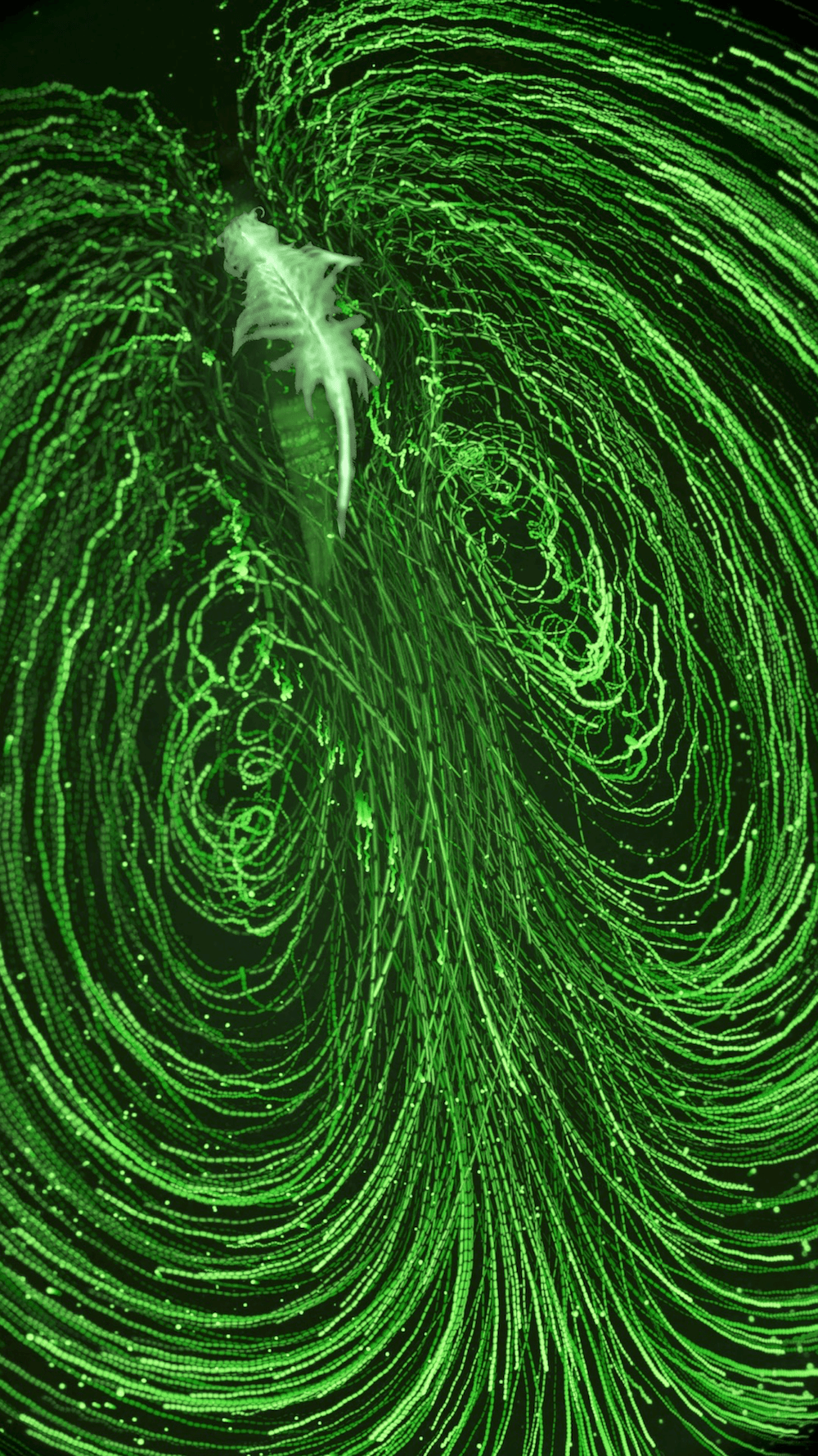
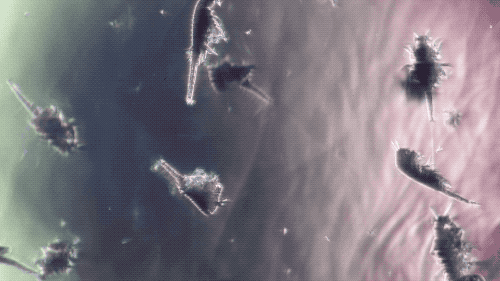
[Hot off the presses: The 2022 issue of Your Martian Daily]
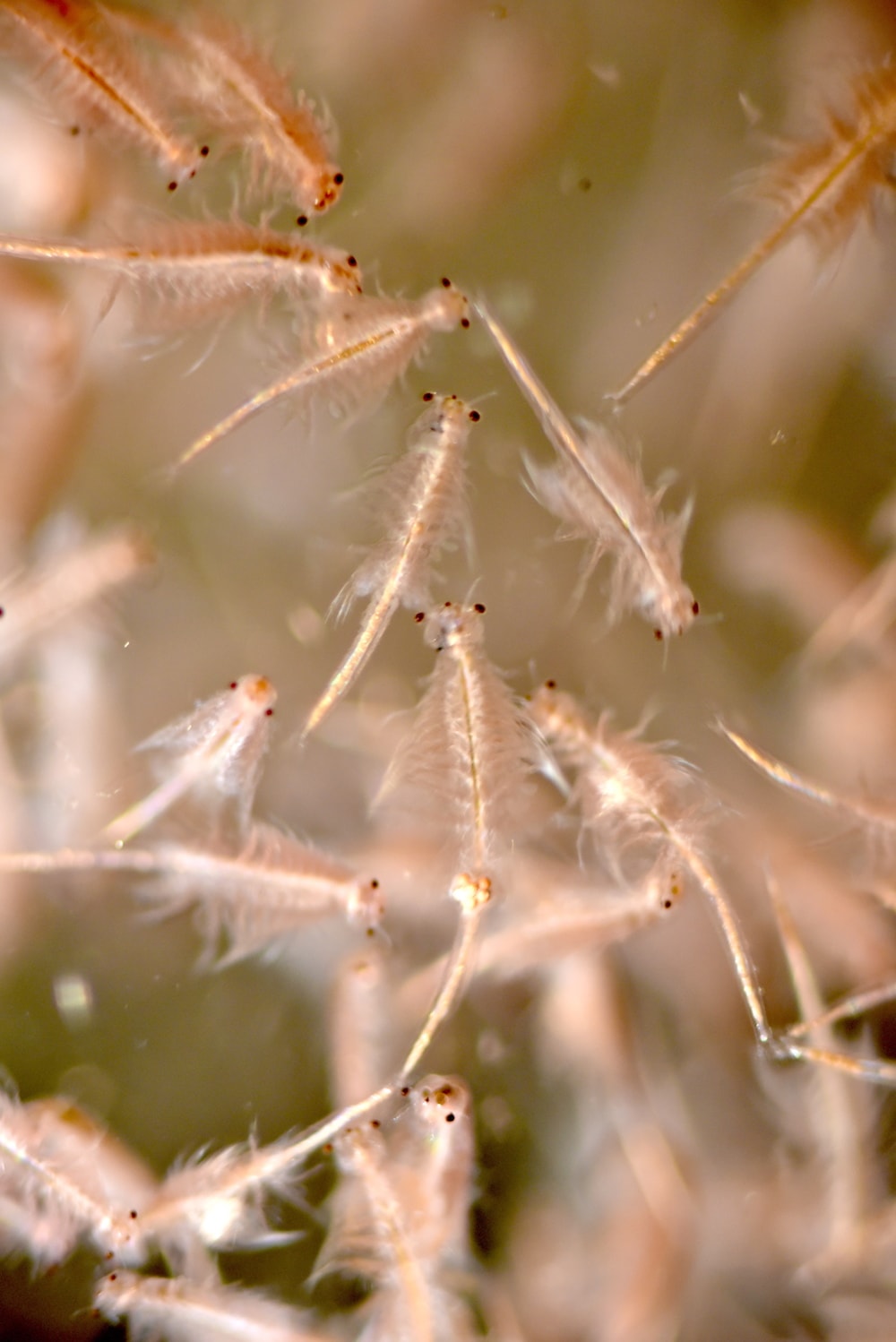
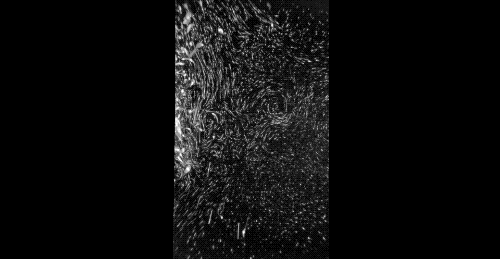
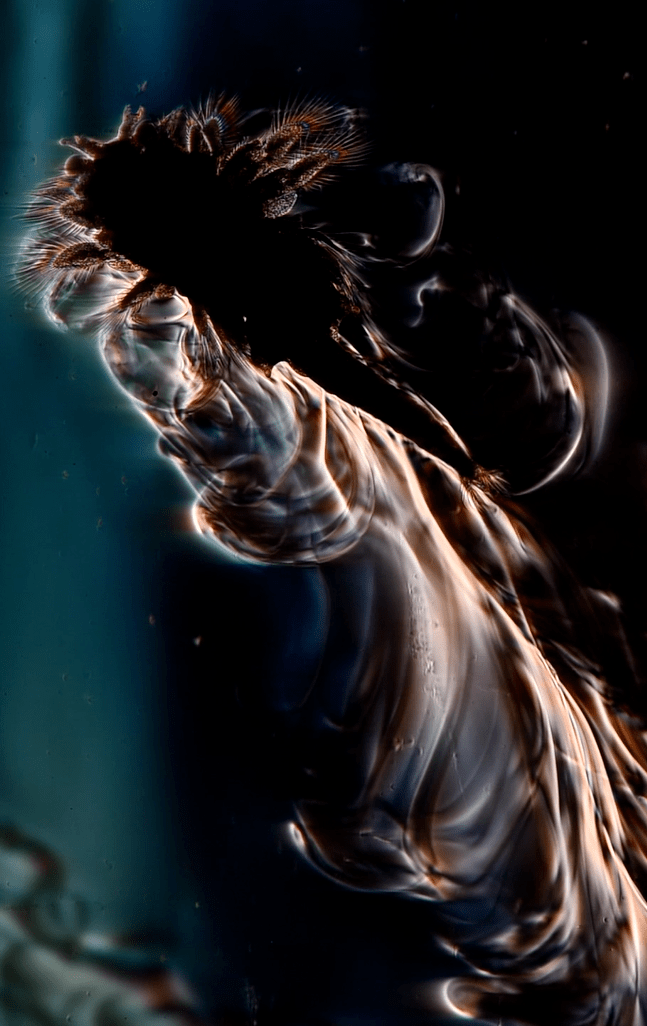
John Dabiri is a professor in the School of Engineering at Stanford University in Stanford, California.
IRA FLATOW: This is Science Friday. I’m Ira Flatow. We’re coming to you today from the studios of Cincinnati Public Radio in beautiful downtown Cincinnati. But later in the hour, scientists have uncovered a new reason to appreciate your spleen. Think about that.
But first, think of the Earth’s great migrations. There are thundering herds of wildebeest on the Savannah. That may come to mind. Or delicately fluttering swarms of monarch butterflies. Sandhill cranes, gracefully sweeping through the Plains. But the largest migration on Earth, I’ll bet you don’t know where that happens.
And it happens every day. And it’s far less glamorous or photographed than those other migrations. But it may have big consequences for the world’s oceans if my next guest’s hunch turns out to be right. John DeBerry is a professor in the School of Engineering at Stanford University. Welcome back, Dr. DeBerry.
JOHN DEBERRY: Thanks for having me back.
IRA FLATOW: A giant ocean migration– take us into this underwater world, will you? Tell us about this migration.
JOHN DEBERRY: Absolutely. So right now, somewhere on Earth, it’s about sunset. And that means there’s going to be millions or even billions of tiny organisms making their way up to the surface. And they do this largely to feed, we think, but also to feed while avoiding predators seeing them in action. And as they make those large migrations– over hundreds of meters, in some cases– it turns out that they’re moving a lot of water with them. And so in our research, we wanted to understand how that movement of water could potentially impact much larger scales than the tiny organisms themselves.
IRA FLATOW: So you set up an experiment to model this, right?
JOHN DEBERRY: We did. It would be nice to do this directly in the ocean for starters. But first of all, we didn’t know exactly what to look for in terms of how the animals affect the water. But also, in the ocean we’d only get one shot at this per day. And so that adds up when the ship time could be $20,000, $25,000 a day. So instead, what we did was to use lasers in the lab to trick animals– brine shrimp in particular– into making these vertical migrations dozens of times a day on demand.
IRA FLATOW: Yeah, and we have some of these amazingly colorful videos and photos of your work up on our website at sciencefriday.com/seamonkeys, sciencefriday.com/seamonkeys. So I was looking at the videos– beautiful. So you get these sea monkeys in a column of water, sort of like a cylinder of water going up and down. And you’re mimicking what goes on in the ocean and seeing how much mixing the ocean does.
JOHN DEBERRY: That’s right. So these animals– even though they don’t occur in the ocean– they swim very much like some of the very common organisms what we call krill, also copepods. Basically, think little shrimp-like organisms that occur by the billions in the ocean. And they occur in many sensitive parts of the ocean, like what’s called the Southern Ocean near Antarctica. And so what we wanted to do in the lab was to see, as these animals migrate, how much water they’re moving around. And it turns out that it’s quite a large amount.
IRA FLATOW: Now, how large is it, as they like to say?
JOHN DEBERRY: Right, so there’s a couple of ways to think about it. One is– how much mixing are they doing, and how fast do they mix the water column? And so what we found is that they mix 1,000 times faster than what would happen by just molecular diffusion alone. So think of your coffee in the morning. If you were to pour the milk in and just let it sit, molecular diffusion would eventually mean that milk ends up pretty much everywhere in the cup. But it might take about 15 minutes for that to happen. These shrimp, on the other hand, are mixing that same amount in about one second. So that’s one second versus 15 minutes– a huge increase in activity due to their motion.
IRA FLATOW: Now, is there any way for you to– now that you know this– go out in the ocean and actually find them and measure them somehow, that circulation?
JOHN DEBERRY: Absolutely. And so one of the big findings from our lab experiments is that there’s a very key signature of their motion. And it’s as they swim upward they create a very powerful downward jet of water. And that’s something that we can measure from a ship using acoustics. So basically, sending sound waves down into the water, we can actually measure this effect. And so we’re hoping to collaborate with some excellent scientists at the Monterey Bay Aquarium Research Institute, which is out here on the West Coast. They have assets that allow them to measure both the animals, but also the flow that they create.
IRA FLATOW: And so do you think that this has– since it’s gone unmeasured, with these animals doing this every day– that it needs to be put into a larger equation of how our world works and what’s going on with the environment?
JOHN DEBERRY: Well, we think it could be quite important for a few reasons. A colleague of mine, Bill Dewar, at Florida State several years ago estimated that the amount of power that is associated with these migrations is comparable to the winds and the tides, which are really the two factors that oceanographers currently understand to dictate how the ocean moves. So because there’s so much energy associated with these migrations, and because this motion of the flow that they’re creating could move around nutrients, it could be helping sequester carbon that we emit. It’s certainly something that we need to look into as to another factor in climate models, for example.
IRA FLATOW: I see. So if you’re making your model about climate, you need to add in the fact that there’s this mixing of the oceans caused by these lifeforms in it.
JOHN DEBERRY: Potentially so. Now, if you talk to an oceanographer, they’ll start pulling out their hair a little bit. Because the question is– how do I incorporate these little tiny centimeter-scale organisms in these models that typically only have a pixel size, if you will, of tens of kilometers? So that’s a tricky thing to figure out. And before they want to start really dealing with that, I think they’ll want better evidence in the field– those ship-based measurements, for example– to be sure that it’s real. But the reason we’re confident that this is a real effect is that the physics are actually pretty straightforward as to how these animals swim and create this flow.
IRA FLATOW: Do you need to do more research in your lab about this before you go out and start trying to measure it?
JOHN DEBERRY: Well, we’ve actually done quite a bit over the past several years. In fact, I think our last conversation many years ago was centered around that mechanism of creating the animal migrations in a laboratory setting. And over those past several years, what we’ve done is to really refine our understanding of how the animals interact with the water. So the real questions now are if we’re not using these brine shrimp, which, again, we use for the ability to trick them into swimming in the lab. If instead we’re interested in the various organisms in the ocean– the krill, the salps, these gelatinous organisms, and others– testing those, we really have to go into the field to make those measurements.
IRA FLATOW: Uh huh. It reminds me of experiments done in a glass of beer with the bubbles, showing the bubbles go up. Do you know what I’m talking about?
JOHN DEBERRY: I do. And colleagues of mine, Howard Stone and others, I know have done really interesting research in that space.
IRA FLATOW: So that’s sort of the same thing. Where, besides Antarctica, where would we find– if we wanted to look for this stuff, where in other oceans would we find it?
JOHN DEBERRY: Well, this is the exciting thing. These organisms of various species are migrating everywhere. So somewhere around the Earth right now it’s near sunset, which means these migrations are happening as we speak. So we can go just not too far from the Stanford campus on the West Coast of the US to see them in Monterey Bay. They’re found down in San Diego, in the North Atlantic, and in the Southern Ocean, as I mentioned. So they’re pretty much everywhere. The challenge is they are, in many cases, quite deep in the ocean. And much of what we know about the ocean is limited to the upper few meters. So it really, again, emphasizes the importance of more study of our oceans here on Earth.
IRA FLATOW: Yeah, because we always say we know more about the backside of the moon than we know about some of the deepest parts of our oceans.
JOHN DEBERRY: It’s very true. And as you said at the top, maybe these migrations aren’t as glamorous as the herds of buffalo. I kind of disagree. I think if we could actually get pictures of these more frequently, people would be pretty amazed at the choreography that happens as they’re migrating.
IRA FLATOW: Now, you were targeted by Tom Coburn as being wasteful research. How do you react?
JOHN DEBERRY: That’s correct. In general, as an academic, you can’t be afraid of criticism. It would be kind of like, I guess, a boxer afraid of taking a punch. So it’s part and parcel of what you do. But I think what was frustrating about the senator’s criticism is that I don’t think he took much time to really understand the science. And so in this particular case, as I mentioned earlier, the laboratory demonstrations developing that laser-based technique actually saved the taxpayers a lot of money.
Those shipboard experiments being tens of thousands of dollars a day became a few hundred dollars in the laboratory. And they’ve given us now enough information to make a more meaningful search in the ocean. So I’m hoping now that this paper in Nature is out, maybe he’ll revisit his opinion. And maybe some of your listeners can send him a copy.
IRA FLATOW: Sometimes, it’s not really about the facts; it’s about politics.
JOHN DEBERRY: That’s very true.
IRA FLATOW: No matter what you did.
JOHN DEBERRY: It is true, and that’s disappointing. I think what I try to encourage my students, for example, in the laboratory is to keep focusing on doing good science. And at the end of the day, I think that will win the argument.
IRA FLATOW: Do you have– is this is this a good, ripe field for graduate students to go into?
JOHN DEBERRY: Absolutely. It’s very interdisciplinary, meaning it’s involving biology, fluid dynamics, ocean science, data science, figuring out how– as you mentioned earlier– how do we incorporate this into computational models of the Earth? So really, any student who’s interested in any branch of science will find some interesting work here. And in addition, like we said earlier, there’s still so much that we don’t understand about the ocean. So you’re guaranteed to discover something new almost every day.
IRA FLATOW: Can we do this at home since it involves those sea monkeys– you know, the little tiny shrimp? This is not an experiment we could set up in home and try ourselves, could we?
JOHN DEBERRY: Well, you actually could. I hadn’t thought about it until just now. So let’s think it through. We’d have to get the sea monkeys, which you can get from a pet store. And if you had a laser pointer at home, if you shined that into a glass of water that these animals are in, you can at least see them respond to the light in the same way that we do in the laboratory. So that might be a simple do-it-yourself experiment to get a sense of how these animals swin together.
IRA FLATOW: But in the overall picture, as you say, more research, or we need to know about this. Because it would affect the current models of how the ocean works, right?
JOHN DEBERRY: That’s right.
IRA FLATOW: It’s not factored in.
JOHN DEBERRY: In many ways– so we’re talking about these climate effects, which may be a bit longer-term. But remember, 40% of the world’s population lives within about 50 miles of the coast. And so they have direct impacts on the ocean in terms of overfishing, pollution. And if these animals are indeed forcing the ocean– or causing motion that’s important to how the world functions, how the ocean functions– then those are effects that we need to be incorporating, or else we’re really underestimating the impacts of things like overfishing and acidification of the ocean.
IRA FLATOW: And you talk about– these are hotspots. Could there be many more hotspots that we don’t know about where this is happening?
JOHN DEBERRY: Absolutely, absolutely. In fact, most of our understanding of where these animals occur is sort of fortuitous. You’ll have a crew that’s on a boat actually doing some other activity like mapping the ocean floor surface. And what they’ll find is that these aggregations are sort of noise in their measurement signal. So there haven’t been a lot of concerted efforts to do the comprehensive global mapping that really is required here. But hopefully, this work can help stimulate that.
IRA FLATOW: Dr. DeBerry, thank you for taking time to be with us and joining us again. It’s really interesting– very, very interesting work to look at. Dr. John DeBerry is a professor in the School of Engineering at Stanford. And his study appears in the journal Nature this week. And as I say before, we have some really amazing colorful videos and photos of this work up on our website, sciencefriday.com/seamonkeys, sciencefriday.com/seamonkeys.
Copyright © 2018 Science Friday Initiative. All rights reserved. Science Friday transcripts are produced on a tight deadline by 3Play Media. Fidelity to the original aired/published audio or video file might vary, and text might be updated or amended in the future. For the authoritative record of Science Friday’s programming, please visit the original aired/published recording. For terms of use and more information, visit our policies pages at http://www.sciencefriday.com/about/policies/
Christopher Intagliata was Science Friday’s senior producer. He once served as a prop in an optical illusion and speaks passable Ira Flatowese.